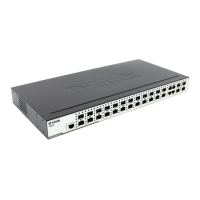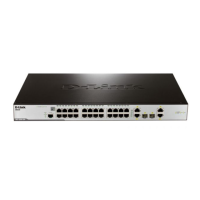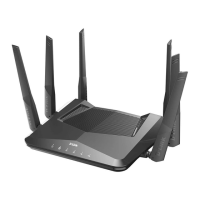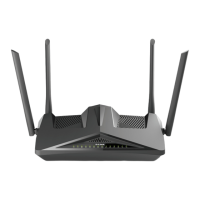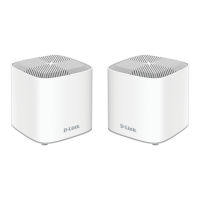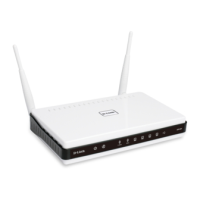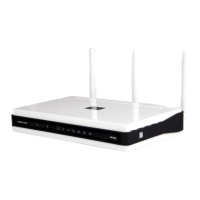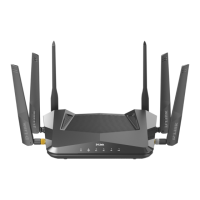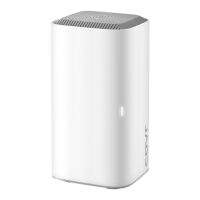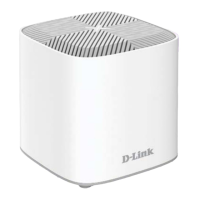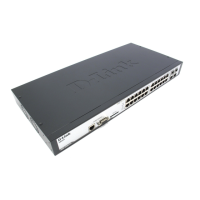
Do you have a question about the D-Link xStack DGS-3200-10 and is the answer not in the manual?
| Switching Capacity | 20 Gbps |
|---|---|
| Forwarding Rate | 14.88 Mpps |
| Layer | Layer 2 |
| MAC Address Table Size | 8K entries |
| RAM | 128 MB |
| Flash Memory | 16 MB |
| Jumbo Frame Support | Yes |
| Ports | 8 x 10/100/1000BASE-T, 2 x SFP combo ports |
| Power Supply | 100-240 VAC, 50/60 Hz internal universal power supply |
| Dimensions | 280 x 180 x 44 mm |
| VLANs | 4K VLANs, IEEE 802.1Q |
| Jumbo Frame Size | 9216 bytes |
Details the process of accessing the switch's web interface using a browser.
Displays and allows configuration of the switch's primary settings and status.
Allows setting the switch's system name, location, and contact information.
Configures serial port parameters like baud rate and auto-logout for console access.
Configures the switch's IP address, subnet mask, and default gateway.
Explains how to set the switch's IP address using the console interface command.
Manages IPv6 interface configuration, including addresses and states.
Manages individual port settings, descriptions, and error-disabled states.
Configures Simple Network Management Protocol settings for network monitoring.
Configures Virtual Local Area Networks using IEEE 802.1Q tagging.
Combines multiple ports to create a single high-bandwidth data pipeline.
Manages IGMP snooping settings for efficient multicast traffic handling.
Configures MLD snooping for IPv6 multicast traffic management.
Manages Spanning Tree Protocol versions and configurations for network loop prevention.
Binds IP-MAC addresses to ports to restrict unauthorized client access.
Locks port MAC addresses to prevent unauthorized device connections.
Denies access to rogue DHCP servers by filtering packets from specific ports.
Provides limited network access for unauthorized or guest devices.
Authorizes and authenticates users via RADIUS server for network access.
Manages authentication methods like TACACS, XTACACS, and RADIUS.
Controls access based on MAC addresses, supporting local or remote RADIUS authentication.
Authenticates users attempting to access the Internet via the switch.
Provides Japanese language support for Web-based Access Control authentication.
Allows clients using different authentication methods to connect via the same port.
Monitors 802.1X statistics on a per-port basis, including RADIUS and authenticator status.

